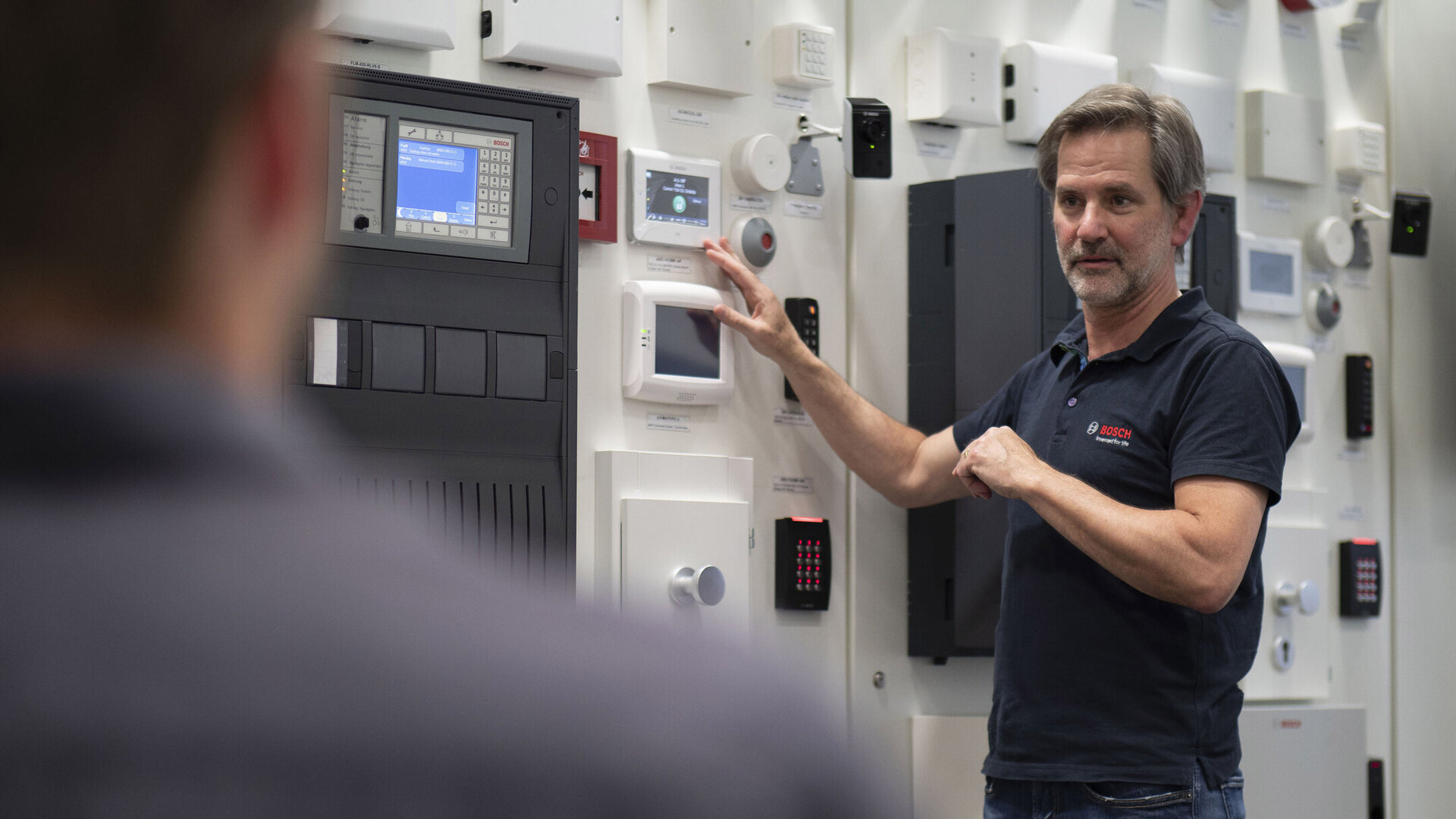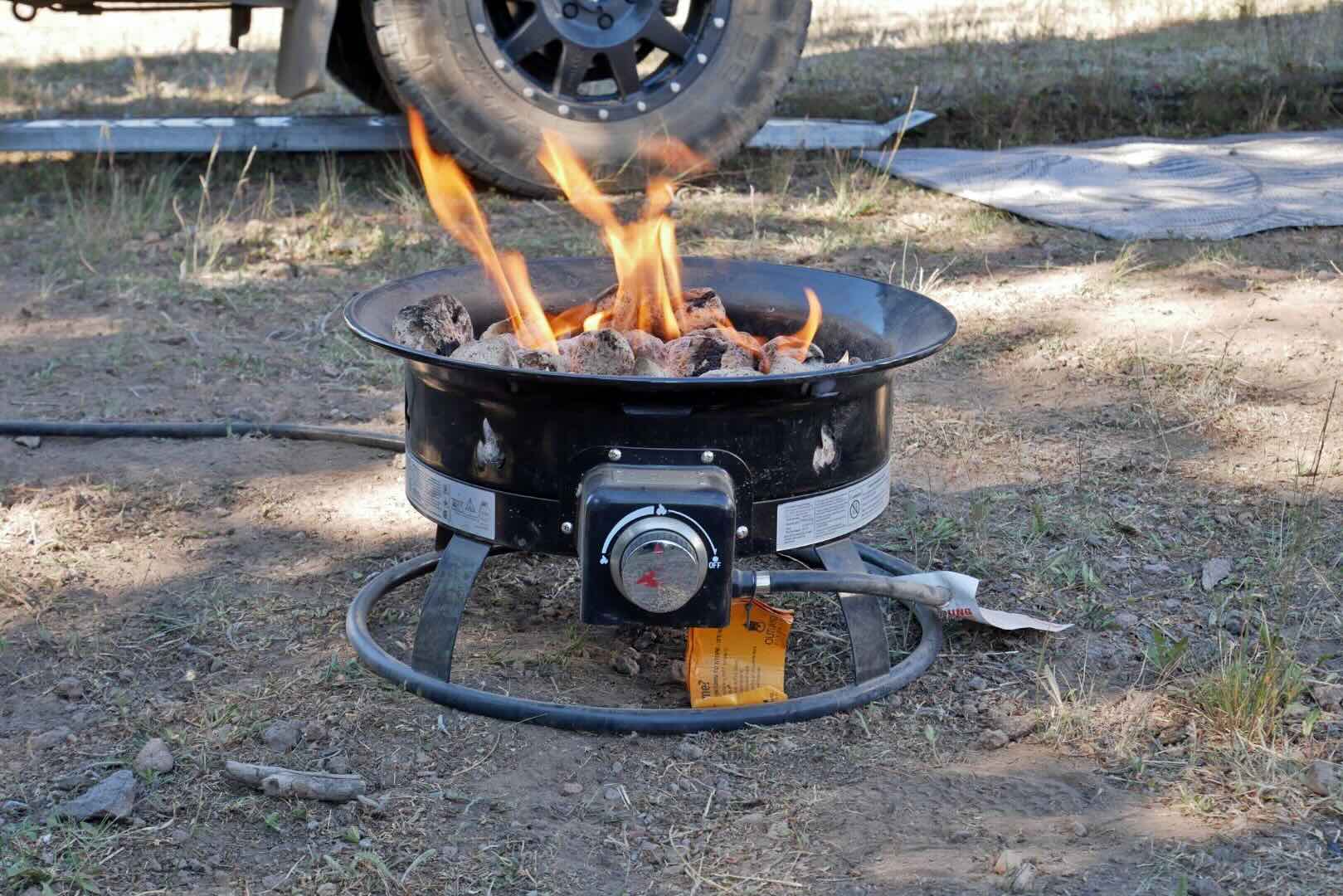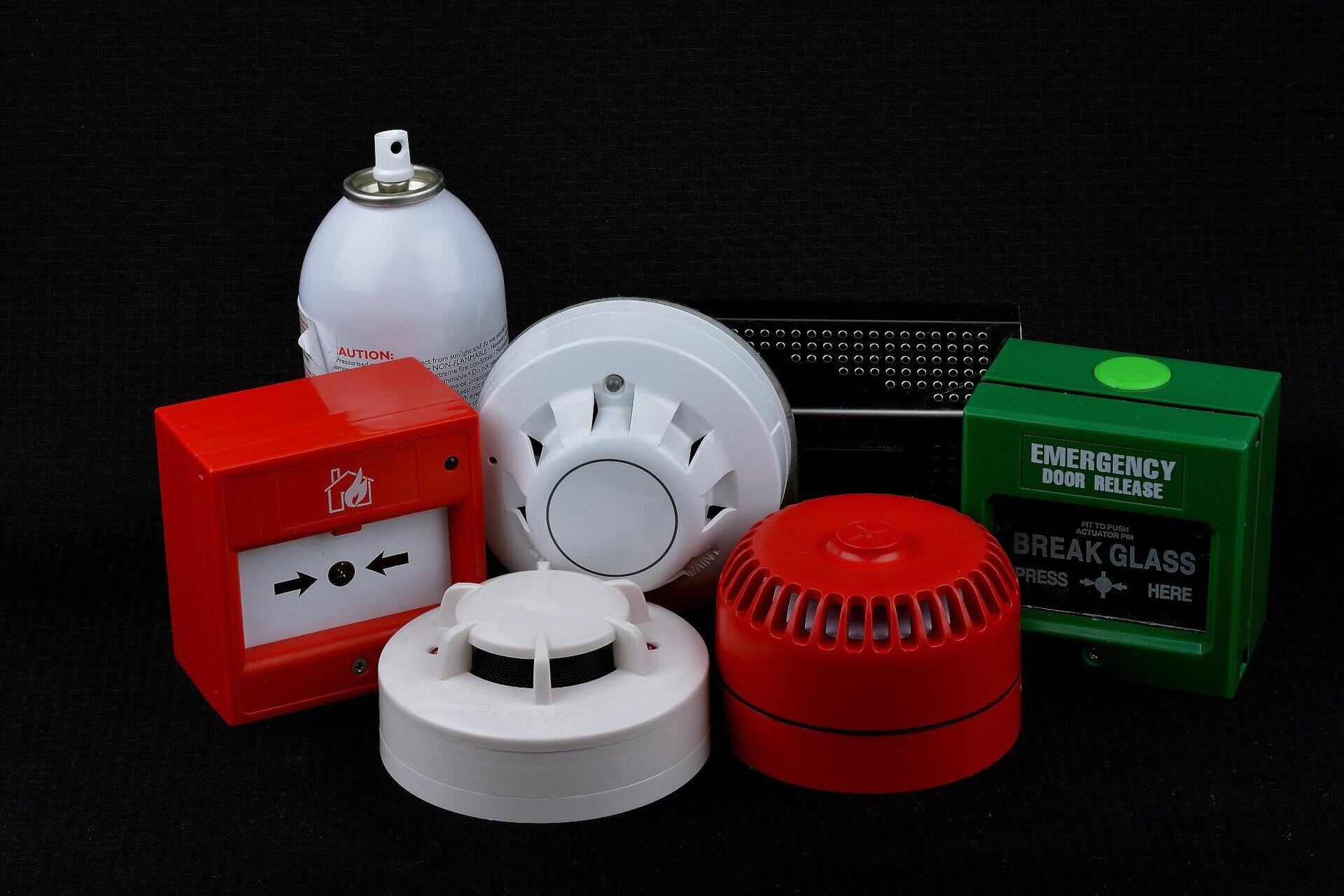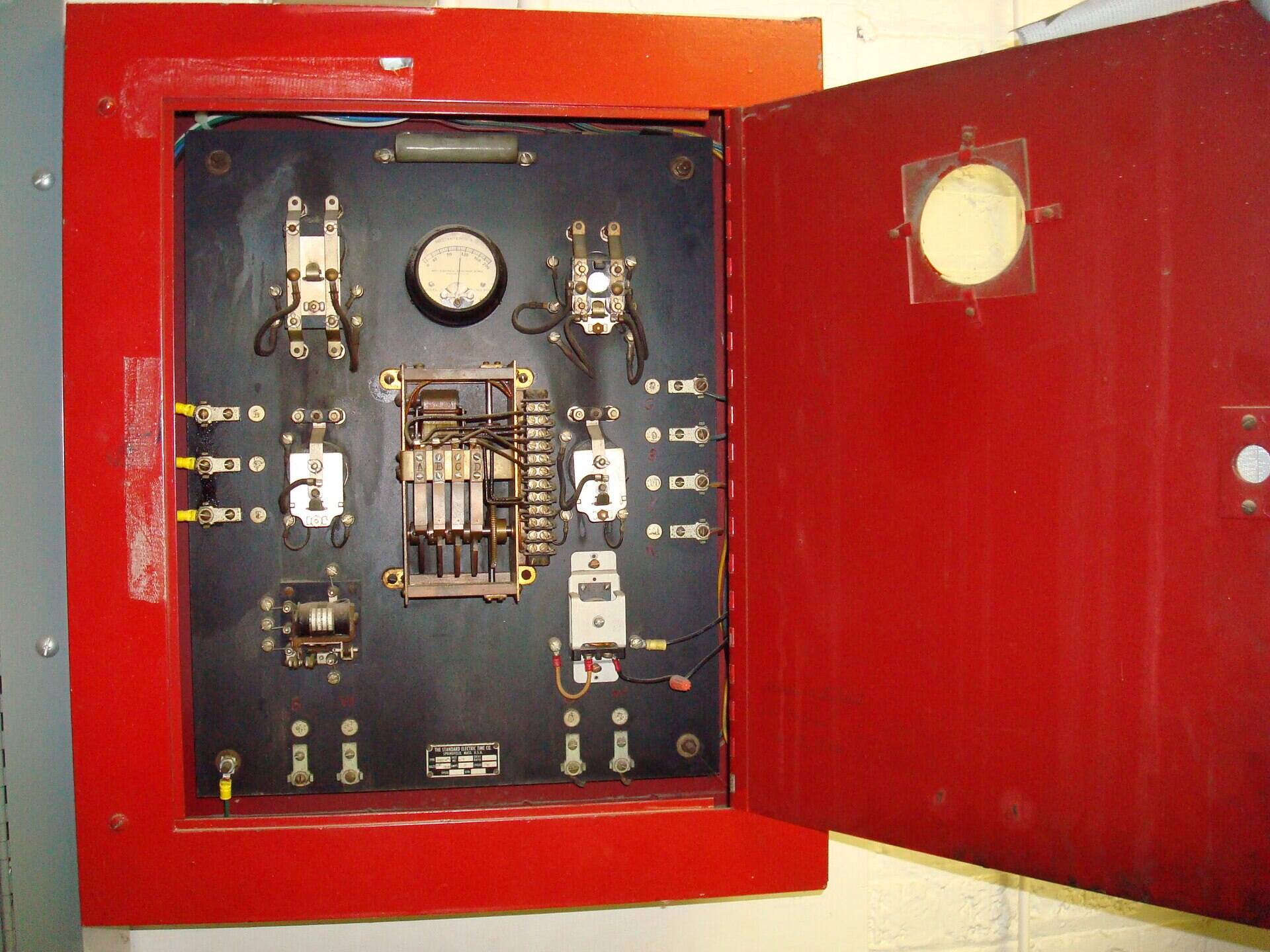Home>Home Security and Surveillance>How To Connect Fire Alarm Systems
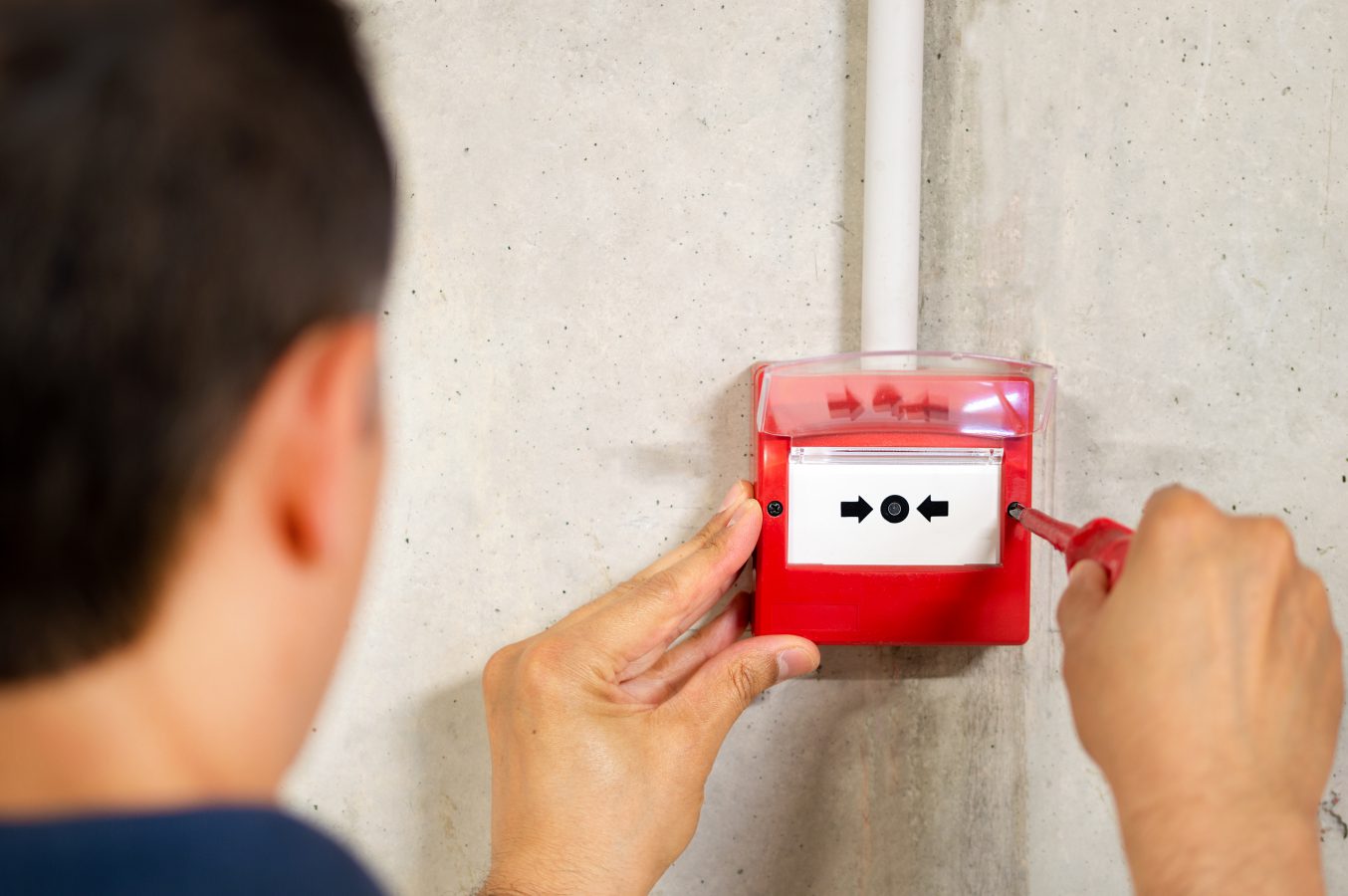

Home Security and Surveillance
How To Connect Fire Alarm Systems
Modified: March 6, 2024
Learn how to connect fire alarm systems in your home with our comprehensive guide. Ensure your home security and surveillance with our step-by-step instructions.
(Many of the links in this article redirect to a specific reviewed product. Your purchase of these products through affiliate links helps to generate commission for Storables.com, at no extra cost. Learn more)
Introduction
Welcome to our comprehensive guide on how to connect fire alarm systems. A fire alarm system is a crucial component of any home or building’s safety and security infrastructure. It serves as an early warning system, alerting occupants to the presence of a fire and providing valuable time to evacuate and minimize potential damage.
Understanding the intricacies of fire alarm systems and knowing how to properly install and connect them is essential for both homeowners and professionals in the field of home security and surveillance. In this article, we will explore the different types of fire alarm systems, their components, and the steps involved in planning, installation, programming, testing, and maintaining these systems.
By the end of this guide, you will have a clear understanding of the process involved in connecting fire alarm systems and valuable insights into best practices for ensuring the safety of your home or property.
Before delving into the connection process, let’s briefly explore the fundamentals of fire alarm systems and the importance of having a properly functioning system in place.
Key Takeaways:
- Connecting a fire alarm system involves understanding the types and components, planning and installation, proper wiring, testing, and regular maintenance. It’s crucial for ensuring the safety of your home or building.
- Choosing the right fire alarm system, following local regulations, and conducting regular tests are essential for a reliable and effective fire detection and alert system. Prioritize safety and peace of mind.
Read more: How To Troubleshoot Fire Alarm Systems
Understanding Fire Alarm Systems
A fire alarm system is a network of interconnected devices designed to detect and alert occupants of a building to the presence of a fire. It is a critical component of any home or commercial property’s fire safety strategy. Fire alarm systems are designed to provide early detection and rapid response to fires, allowing occupants to evacuate safely and minimizing potential damage to the property.
Modern fire alarm systems incorporate advanced technology to detect the presence of smoke, heat, or flames. These systems are capable of automatically initiating various response actions, such as activating audible and visual alarms, notifying emergency services, and triggering the release of fire suppression equipment.
There are two primary types of fire alarm systems: conventional and addressable. Conventional fire alarm systems are generally suited for smaller buildings and rely on a series of interconnected zones to identify the general area of a potential fire. Addressable fire alarm systems, on the other hand, are more advanced and suitable for larger buildings. They allow for individual identification and control of each device on the system, providing more precise information about the location of a fire.
In addition to smoke detectors and heat sensors, fire alarm systems may also include other components such as manual call points (break glass units), fire alarm control panels, sounders, strobes, and even emergency communication systems. These components work in tandem to detect, alert, and facilitate safe evacuation during a fire emergency.
Understanding the different components and their functions within a fire alarm system is crucial for successfully connecting and configuring the system. In the next sections, we will explore the various components that make up a fire alarm system and delve into the process of connecting them to ensure optimal performance.
Types of Fire Alarm Systems
There are two primary types of fire alarm systems: conventional and addressable. Each type has its own advantages and is suitable for different applications and building sizes.
1. Conventional Fire Alarm Systems
Conventional fire alarm systems are the simpler and more affordable option. They are commonly used in smaller buildings such as residential homes, small offices, and retail spaces. In a conventional system, the building is divided into separate zones, with each zone having a specific number of fire detectors or devices connected to it.
When a fire is detected, the conventional system can narrow down the affected area to the zone in which the fire alarm has been triggered. However, it cannot pinpoint the exact location of the fire within that zone. Instead, it provides a general indication of the area.
Conventional fire alarm systems are straightforward to install and maintain. They are generally more cost-effective, making them a popular choice for smaller buildings with simpler fire safety requirements.
2. Addressable Fire Alarm Systems
Addressable fire alarm systems are more advanced and offer greater flexibility in larger buildings or complexes. They provide precise information about the location of fire events, making them ideal for larger facilities such as schools, hospitals, hotels, and commercial buildings.
In an addressable system, each device (such as smoke detectors, heat sensors, or manual call points) has a unique address, allowing it to be individually identified and communicated with by the central control panel. This enables the system to pinpoint the exact location of a fire or fault within the building.
Addressable fire alarm systems offer several advantages, including faster response times, detailed event information, and ease of maintenance. By knowing the exact location of a fire, emergency responders can quickly and accurately take action to mitigate the situation.
It’s important to note that while addressable fire alarm systems offer more advanced features, they are typically more complex to install and require a greater investment compared to conventional systems.
Choosing the right type of fire alarm system for your building depends on various factors, including the building size, budget, level of complexity required, and local fire safety regulations. It’s always best to consult with a professional to determine the most suitable system for your specific needs.
Read more: How Do Fire Alarm Systems Work
Components of a Fire Alarm System
A fire alarm system is comprised of various components working together to detect and alert occupants of a fire event. Understanding the different components and their functions is essential for successfully connecting and configuring a fire alarm system. Let’s take a closer look at the key components:
1. Fire Alarm Control Panel (FACP)
The fire alarm control panel serves as the central hub of the system. It receives information from connected devices and initiates appropriate actions, such as sounding alarms and notifying authorities. The panel also provides real-time status updates and displays relevant information in case of a fire or fault.
2. Smoke Detectors
Smoke detectors are one of the most critical components of a fire alarm system. They are designed to detect the presence of smoke particles in the air, indicating the potential presence of a fire. Smoke detectors can be either ionization-based or photoelectric-based, and some systems incorporate both types for enhanced detection capabilities.
3. Heat Detectors
Heat detectors sense the increase in temperature caused by a fire. They are typically used in areas where smoke detectors might not be suitable, such as kitchens or dusty environments. Heat detectors are available in two main types: fixed temperature detectors, which activate at a specific temperature threshold, and rate-of-rise detectors, which detect rapid temperature increases.
Read more: How To Connect Fire TV To Alexa
4. Manual Call Points
Manual call points, also known as break glass units or fire alarm switches, allow individuals to manually trigger the fire alarm in case of an emergency. These are easily accessible devices strategically placed throughout the building to ensure quick activation and alert of a fire event.
5. Sounders and Strobes
Sounders and strobes are used to alert occupants of a fire once the alarm is triggered. Sounders emit loud audible signals, while strobes provide visual notifications, especially for individuals with hearing impairments. These devices are typically placed in common areas, hallways, and rooms to ensure that everyone can hear and see the alarm.
6. Communication Equipment
In some fire alarm systems, communication equipment is included to provide additional safety measures. This may include two-way emergency communication systems, which allow individuals to communicate with emergency responders directly, or voice evacuation systems, which provide clear voice instructions and guidance during an evacuation.
These are the primary components of a fire alarm system. However, depending on the complexity of the system and specific building requirements, additional components like fire suppression systems, gas detectors, and emergency lighting may also be incorporated.
Understanding the function and proper installation of each component is essential for ensuring the successful connection and operation of a fire alarm system. In the next sections, we will explore the planning, installation, and connection process in more detail.
Planning and Installation
Proper planning and installation are crucial for a well-functioning fire alarm system. Before beginning the installation process, it is important to carefully plan and assess the specific needs and requirements of your building. Consider the following steps to ensure a successful installation:
Read more: When Are Fire Alarm Systems Required
1. Conduct a Site Survey
Start by conducting a comprehensive site survey to assess the layout, size, and potential fire risks of the building. Identify areas that require specific fire protection measures, such as high-risk areas or areas with unique environmental challenges.
2. Determine the System Layout
Based on the site survey, determine the optimal layout and zoning of the fire alarm system. Consider factors such as the number of devices required, the type of fire detection necessary for each area, and the location of the control panel for easy access.
3. Follow Local Regulations and Codes
Ensure compliance with local fire safety regulations and codes. Familiarize yourself with any specific requirements or certifications necessary for installing and connecting fire alarm systems in your area.
4. Select Suitable Equipment
Choose reliable and high-quality fire alarm equipment from reputable manufacturers. Consider factors such as the size and complexity of your building, the needs of its occupants, and any specific challenges or risks identified during the site survey.
Read more: Who Designs Fire Alarm Systems
5. Install Devices Properly
Follow the manufacturer’s guidelines and local regulations when installing fire alarm devices. Consider factors such as the recommended height and spacing for smoke detectors, the appropriate locations for manual call points, and the correct wiring and cabling practices.
6. Ensure Connectivity and Compatibility
Ensure that all devices are connected properly and that they communicate effectively with the fire alarm control panel. Proper connectivity ensures the seamless operation of the system, allowing for accurate detection and timely response to fire events.
7. Test the System
After installation, thoroughly test the fire alarm system to confirm proper operation. Test individual devices, check for any connectivity issues, and ensure that alarms and notifications are triggered as expected. Regular testing and maintenance are necessary to keep the system in optimal condition.
Proper planning and installation are essential for a reliable and effective fire alarm system. By following these steps and working with experienced professionals, you can ensure the safety and security of your building and its occupants in the event of a fire.
Connecting Fire Alarm Devices
Once the fire alarm system components are installed, it’s time to connect and configure them to ensure proper functionality. Proper connections are crucial for effective communication between devices and the control panel. Here are the steps for connecting fire alarm devices:
Read more: How To Connect Alexa And Fire Stick
1. Wiring and Cabling
Ensure that the wiring and cabling are properly installed and connected according to the manufacturer’s guidelines. Use high-quality cables and connectors to ensure reliable signal transmission. Follow local electrical codes and regulations for wiring practices.
2. Connect Smoke Detectors
Connect smoke detectors to the fire alarm control panel using the appropriate wiring. Smoke detectors can be interconnected in a zone or individually addressed in addressable systems. Ensure the correct wiring configuration for each type of detector.
3. Connect Heat Detectors
Similar to smoke detectors, connect heat detectors to the control panel using the appropriate wiring. Follow the manufacturer’s instructions for the specific heat detector model being installed. Ensure that the wiring is secure and properly connected.
4. Wire Manual Call Points
Wire manual call points to the control panel, ensuring that they are correctly connected and easily accessible. Place call points at strategic locations throughout the building, such as near exits and in high-visibility areas.
Read more: What Is Happening With Fire Alarm Systems
5. Connect Sounders and Strobes
Connect sounders and strobes to the control panel using the appropriate wiring. Ensure that sounders and strobes are properly distributed throughout the building to provide effective audible and visual notification in case of a fire event.
6. Configure the Control Panel
Set up and configure the fire alarm control panel according to the manufacturer’s instructions. This includes programming the control panel to communicate with the connected devices and setting appropriate alarm thresholds and notification settings.
7. Test Connectivity
Thoroughly test the connectivity between the control panel and the connected devices. Ensure that alarms and notifications are triggered as expected when a fire event is simulated. Conduct regular tests to verify the system’s functionality and identify any potential connectivity issues.
Properly connecting fire alarm devices is crucial to the overall effectiveness of the system. By following these steps and adhering to the manufacturer’s instructions, you can ensure a well-connected and properly functioning fire alarm system.
Programming and Testing the System
Once the fire alarm devices are connected, the next step is to program and test the system to ensure it operates efficiently and effectively. Programming and testing involve configuring the control panel settings, verifying device functionality, and conducting various tests. Here’s how to properly program and test your fire alarm system:
Read more: How To Connect Conduit Together
1. Configure Control Panel Settings
Access the control panel’s programming interface and configure its settings according to the manufacturer’s instructions. This includes setting the system’s operational parameters, such as alarm thresholds, notification methods, and system responses to different types of fire events. Ensure that the control panel is programmed to communicate with all connected devices.
2. Perform Device Functionality Tests
Individually test each device connected to the fire alarm system to ensure its functionality. Activate smoke detectors by introducing smoke particles into their chambers. Trigger heat detectors by applying heat sources near them. Activate manual call points and ensure that alarms and notifications are properly activated.
3. Conduct Alarm Verification Tests
Conduct alarm verification tests to ensure that the system accurately detects and responds to fire events. This includes simulating fire events in different areas of the building and checking if the alarms, sounders, and strobes are activated appropriately. Monitor the system’s response and make any necessary adjustments.
4. Test Emergency Communication Systems
If your fire alarm system includes emergency communication devices, such as two-way communication systems or voice evacuation systems, test their functionality. Ensure that emergency communication devices can effectively relay messages and provide clear instructions during an evacuation scenario.
Read more: How To Connect EMT Conduit
5. Schedule Regular System Tests
Regularly schedule and perform system tests to ensure ongoing functionality and reliability. Regular testing helps identify any issues or faults promptly and allows for timely maintenance and repairs. Follow local codes and regulations regarding the frequency of these tests.
Remember, testing your fire alarm system should be a routine part of your safety procedures. Regular maintenance and testing ensure that your system is always in optimal working condition, providing reliable protection for your home or building.
By properly programming and thoroughly testing your fire alarm system, you can have peace of mind knowing that it is properly set up to detect fires, alert occupants, and initiate appropriate actions to minimize potential damage and ensure a safe evacuation.
Regular Maintenance and Troubleshooting
Regular maintenance and troubleshooting are essential for the ongoing functionality and reliability of your fire alarm system. By properly maintaining and promptly addressing any issues or faults, you can ensure that your system is always ready to effectively detect fires and protect occupants. Here are some key steps to follow:
1. Follow Manufacturer’s Guidelines
Refer to the manufacturer’s guidelines and recommendations for regular maintenance tasks. This includes cleaning smoke detectors, testing batteries, and checking wiring connections. Adhering to these guidelines helps ensure the longevity and optimal performance of your system.
2. Inspect Devices and Components
Regularly inspect all fire alarm devices and components to ensure they are in good working condition. Check for physical damage, signs of wear and tear, and any loose connections. Promptly replace any damaged or malfunctioning devices to maintain the system’s reliability.
Read more: How To Reset Fire Alarm Systems Password
3. Test the System Periodically
Schedule routine tests of your fire alarm system to verify its functionality. This includes testing the detection devices, sounders, strobes, and any emergency communication systems. Follow local regulations and guidelines for the frequency of these tests and document the results.
4. Keep Records of Maintenance and Testing
Maintain detailed records of all maintenance tasks and system tests. Document any repairs, replacements, or upgrades made to the system. This documentation not only serves as an audit trail but also provides valuable information for troubleshooting and future maintenance.
5. Respond to Faults or False Alarms
If your fire alarm system experiences faults or false alarms, investigate and address the issue promptly. Follow the manufacturer’s troubleshooting guide, if available, or consult with a qualified professional. Faulty devices or wiring should be repaired or replaced to maintain the system’s reliability and accuracy.
6. Stay Updated with Codes and Regulations
Regularly review local fire safety codes and regulations to ensure your fire alarm system remains compliant. Stay informed about any updates or changes that may impact your system’s maintenance requirements or necessary upgrades. Compliance with codes is vital for the safety and protection of occupants.
Maintaining and troubleshooting your fire alarm system ensures its proper operation when it is needed the most. Routine maintenance is essential to prevent system failures and false alarms, while prompt troubleshooting resolves issues and maintains reliable functionality. By staying proactive in these efforts, you can trust that your fire alarm system will continue to provide essential protection for your home or building.
Read more: How To Connect Ring Alarm To Alexa
Conclusion
Installing and connecting a fire alarm system is a crucial step towards ensuring the safety and security of your home or building. By understanding the different types of fire alarm systems, the components involved, and following the proper planning, installation, and programming processes, you can create a reliable and effective fire detection and alert system.
Regular maintenance and testing are vital to keeping your fire alarm system in optimal condition. By following manufacturer guidelines, inspecting devices, conducting periodic tests, and promptly addressing any faults or false alarms, you can ensure that your system is always ready to detect fires and protect occupants.
Remember to stay updated with local fire safety codes and regulations, as they may impact your system’s maintenance requirements or necessary upgrades. Compliance with these codes is crucial for the safety and protection of both you and the occupants of your home or building.
Investing in a properly installed and connected fire alarm system brings peace of mind, knowing that you have taken important steps to protect against the devastating effects of fires. It provides early detection, giving occupants valuable time to evacuate safely and minimizing potential damage to the property.
By following best practices in planning, installation, programming, and maintenance, you can ensure the reliability and effectiveness of your fire alarm system for years to come. Prioritize the safety of your home or building by properly connecting and maintaining your fire alarm system, and enjoy the peace of mind that comes with knowing you are well-prepared in the event of a fire emergency.
Frequently Asked Questions about How To Connect Fire Alarm Systems
Was this page helpful?
At Storables.com, we guarantee accurate and reliable information. Our content, validated by Expert Board Contributors, is crafted following stringent Editorial Policies. We're committed to providing you with well-researched, expert-backed insights for all your informational needs.
